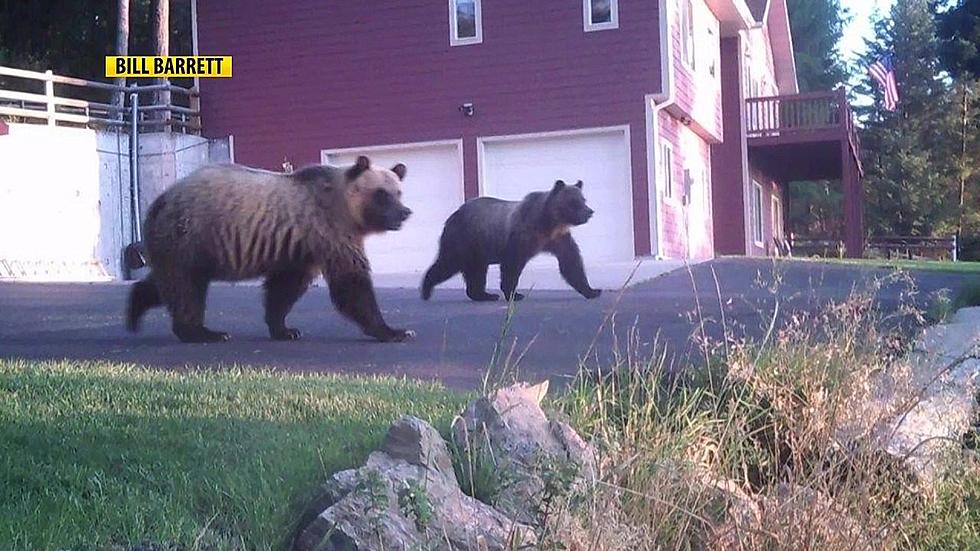
City of Missoula expands bear zone, requires bear-proof garbage bins
Martin Kidston
(Missoula Current) While the number of reported bears in the Missoula urban interface is down compared to last year – likely due to a better food crop – the issue still remains a problem, both for the bears and for some people.
On Monday night, the Missoula City Council joined Missoula County in repealing the old bear buffer zone, widening it to cover more areas, and creating a tool for enforcement related to lazy garbage practices.
Bear resistant garbage bins will also be required in areas identified within the zone. That will be phased in over the next three years.
“The bear buffer zone is a gorgeous area to live in in Missoula,” said council member Gwen Jones, noting the outlying areas around the city. “But it’s time to adopt some practices that respects the wildlife.”
While homeless camps remain a problem, so too do residents that improperly store their garbage. The issue has cost dozens of bears their lives – and their cubs sent to zoos – as they seek food in an era when natural food sources are growing lean due to climate change.
But food in the city is abundant, garbage included, and that’s the problem, biologists said.
“It’s hard to keep people and bears apart in Missoula,” said Chris Servheen, a retired grizzly bear recovery coordinator for the U.S. Fish and Wildlife Service. “The garbage issue is about 49% of the conflicts. We can solve that. We’re well on our way to making Missoula a Bear Smart community. We live in bear habitat. This is the right thing to do.”
According to an FWP conflict report, around 49% of bear issues are due to garbage, 16% due to bird feeders and 8% to fruit trees. Another 8% are related to livestock and pet food, and 6% to human food stored in outdoor freezers.
Jaime Jonkel, a wildlife management specialist with Montana Fish, Wildlife & Parks, said recent data identified three family groups of black bears in the Rattlesnake, 12 bears in East Missoula, two in the Milltown area, 10 in Big Flat and four in Pattee Canyon.
All are black bears, though one grizzly is south of Missoula and one has been located near Clinton, along with one in the North Hills. Garbage isn’t the only problem, Jonkel said.
“We’ve had some strange things happen in the homeless camps. We’ve been encouraging them to pool up and camp together, just so there’s more eyes, and trying to keep someone staying in camp all day,” said Jonkel. “I hope this is the peak. But I’m sure we have a few more bears in the high country dreaming about apples and garbage.”
Requiring bear-resistant containers will be phased in over time. Residents in Grant Creek and the Rattlesnake neighborhoods will need to meet the requirements by the spring of 2024.
The following year, the University of Montana campus south to Pattee Canyon will be added, followed by other areas, including the South Hills and Target Range. Potomac will also be included in 2025.
Reducing attractants in the outlying areas is expected to keep more bears out of harm – and out of the city.
“I’m usually not a big fan of government intervention, but everybody I’ve seen public comment for says this is drastically needed,” said council member Sandra Vasecka.
LOOK: Here are the states where you are most likely to hit an animal
Gallery Credit: Dom DiFurio & Jacob Osborn
